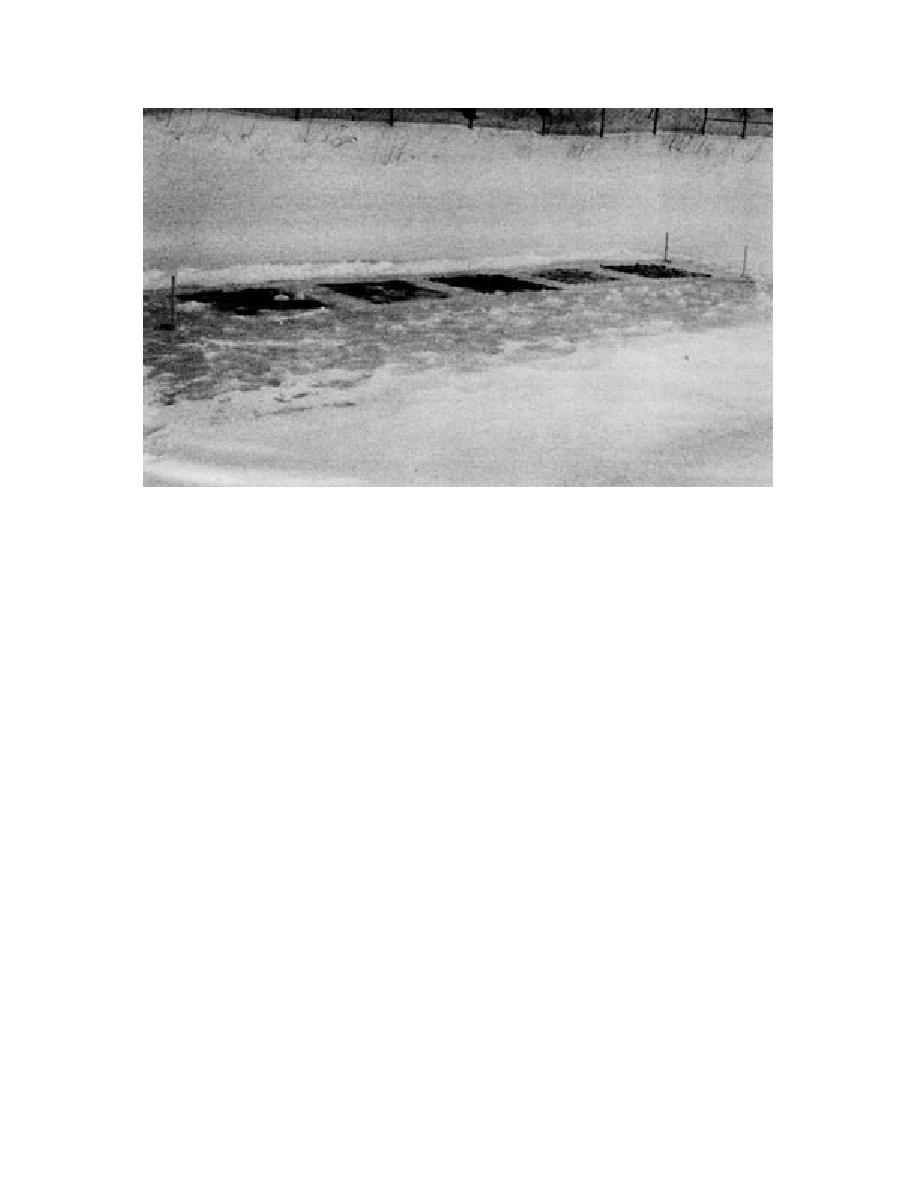
Figure 1. Test setup for evaluation of dusting materials on ice-covered pond (March 1994).
were applied. During the first day the wet leaves
and ice thickness was measured and compared to
melted further into the snow than did the dry
a control area that was not dusted. We also mea-
leaves; wetting the leaves decreased their albedo
sured the albedo of these materials and of the
about 510%. By the following day the leaves that
snow.
were applied dry were wetted by their meltwater,
and thereafter the two plots of leaves performed
Dusting tests
similarly. The snowfall and cold weather over the
In March of 1993 four, 65-in. (1.65-m) square test
next few weeks resulted in little melting. How-
plots were marked on the pond's surface. In this
ever, by 1 April the snow over the test areas was 9
test we compared the performance of bark, hay
cm below the surrounding snow level, suggest-
and leaves to sand. Each test square was dusted
ing that the underlying test materials were melt-
with 960 mL of material, one material on each
ing the overlying snow. By 14 April the snow in
square. The control was the ice cover adjacent to
the test area was gone and the entire test area was
the test squares. All the test materials were im-
under 13 cm of water; both the hay and the bark
mersed in water overnight and were applied wet,
were floating on the water. There was still, how-
to prevent them from blowing away. A day after
ever, snow on the ice adjacent to the test areas.
this test was started (20 March) 13 cm of snow fell.
Since the ice had become too weak to walk on, no
Within two days of the snowfall (22 March) the
further measurements were taken.
snow over the test plot with leaves on it had melted
Figure 2 shows the measured snow and ice
off. The other test materials also melted the over-
thicknesses throughout the test. The ice measure-
lying snow more quickly than untreated areas but
ments are indicated by the thick lines, while the
they did not become uncovered until the 26th of
snow depths are indicated by the thin lines. Fig-
March, four days after the leaves were exposed.
Due to heavy snowfalls the remainder of the win-
ure 2 shows that the sand and leaves performed
ter no further evaluations could be made.
equally well at melting snow and ice. However,
On 18 February 1994 a test site was again set
the bark was not only less effective at melting
up on the pond with five test squares. There was
snow, but there was no noticeable melting of the
30 cm of ice and between 5 and 10 cm of snow on
ice under the bark.
the test area. Again, hay, sand, bark and leaves
We also noted that since both the hay and bark
float and they were easily washed off, so that they
were used but this time both wet and dry leaves
2



 Previous Page
Previous Page
